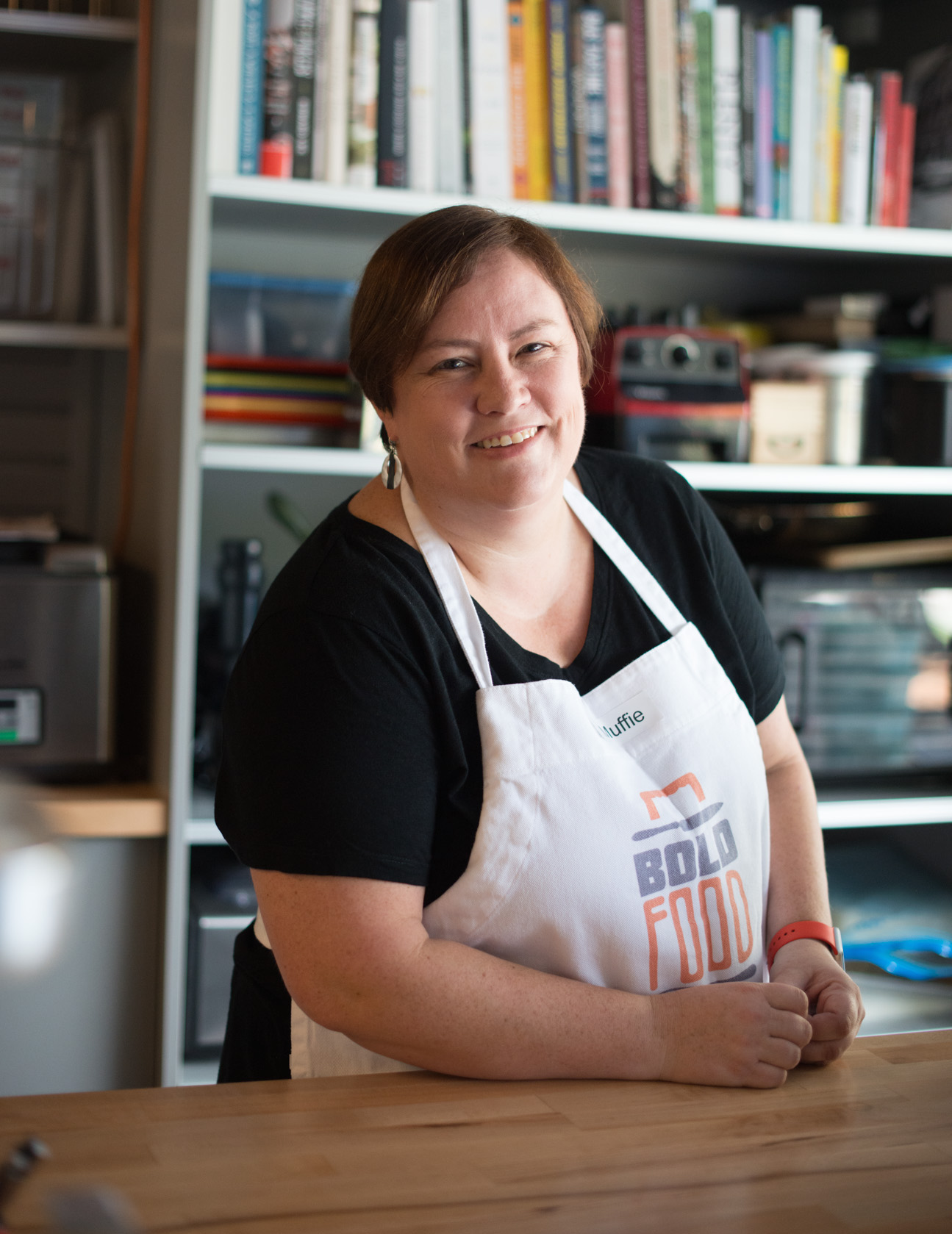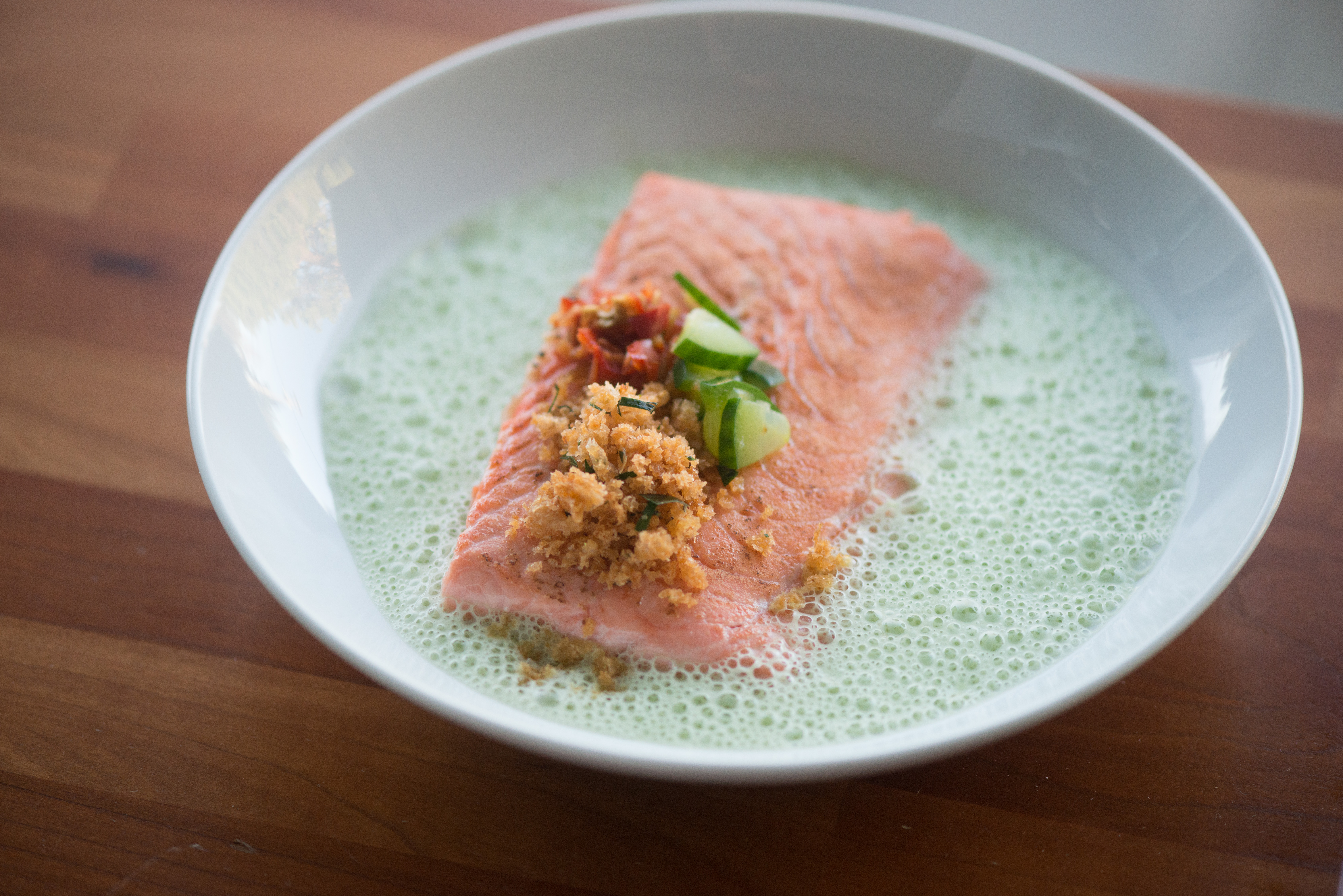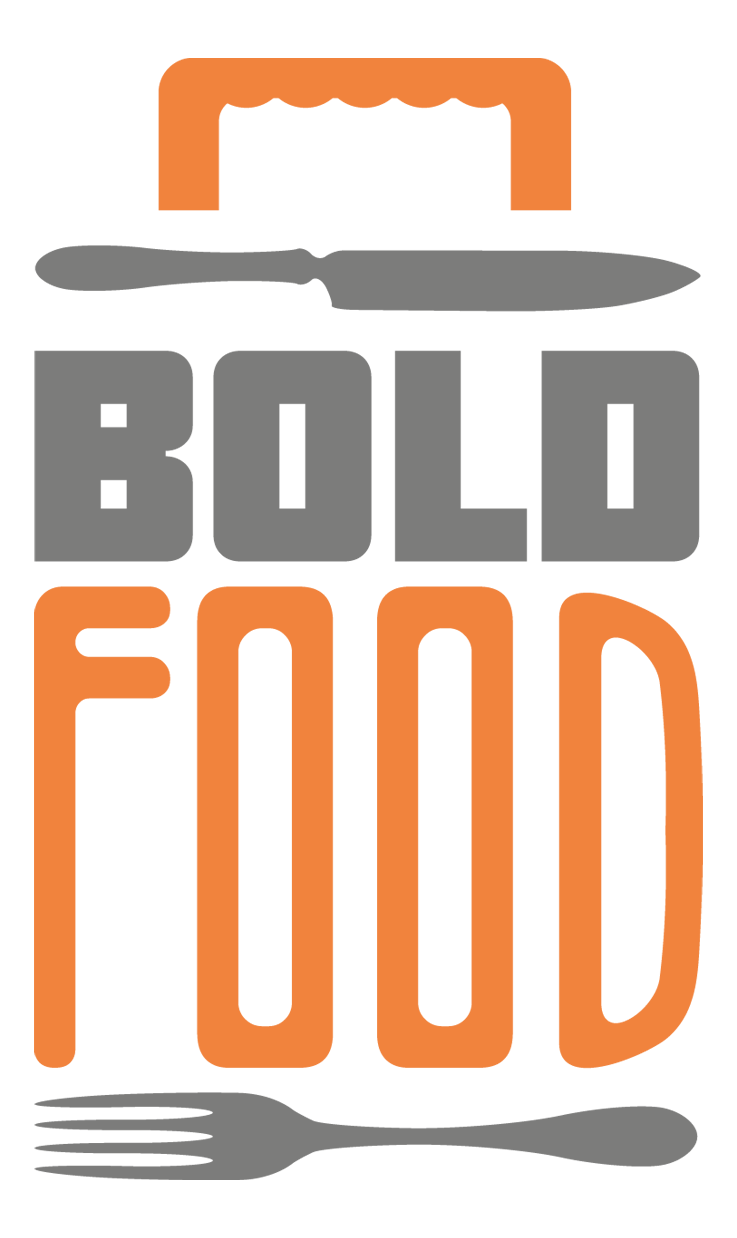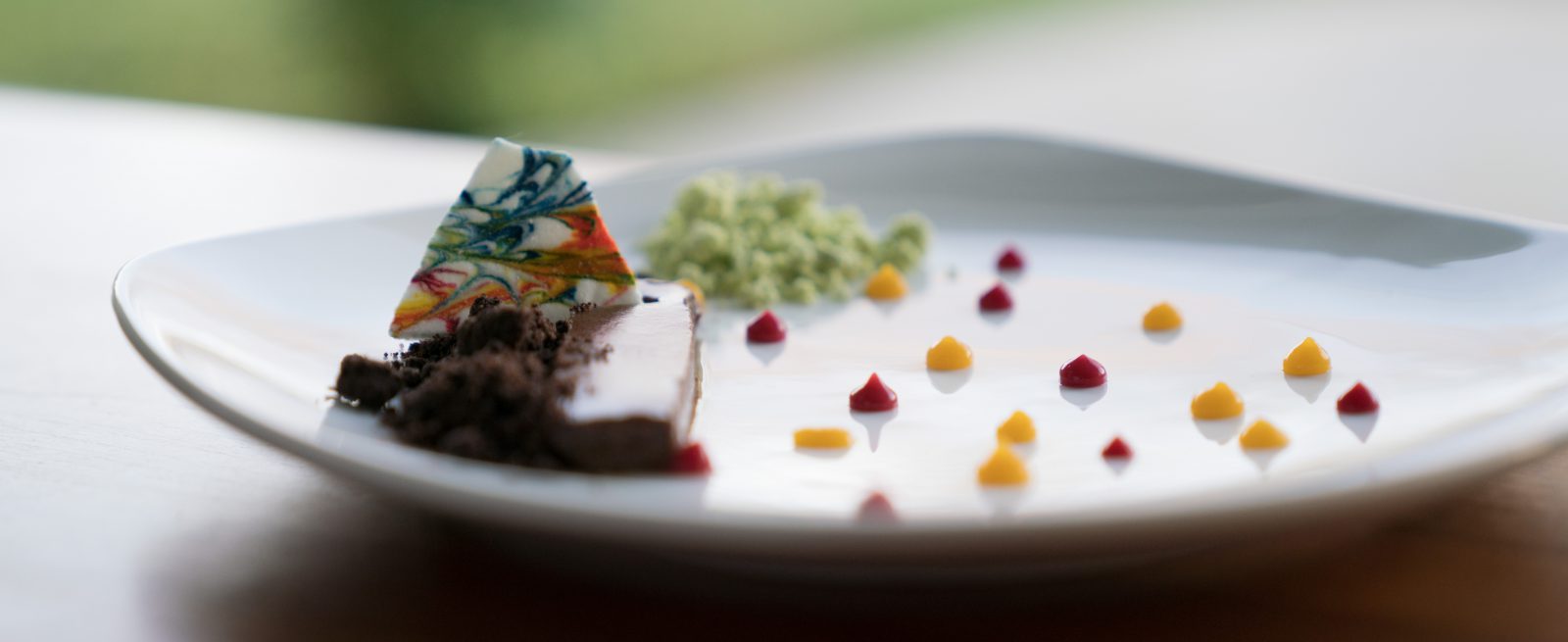MRM Talking With: Bold Food Founder Muffie Fulton
6 Min Read By MRM Staff
Bold Food teaches the science of cooking and organizes food-focused travel tours. Based in the San Francisco Bay Area, the company was founded in 2015 by Muffie Fulton, an obsessive foodie and former neuroscientist who says her deep scientific knowledge underlies a playful, low-key approach to modernist cooking. Her passion for food began during her childhood in Colorado, where talking about food, trying new restaurants, and concocting recipes with her brother were a way of life. Her other love–science— would pull her in a different career direction. She studied neuroscience and how the brain works at a molecular level as an undergraduate at Brown University and then enrolled at Stanford University studying neurodegeneration and earning a master’s degree.
Always a voracious reader of cookbooks, Fulton experienced a food epiphany when she picked up a copy of Chef Ferran Adria’s book, “A Day at elBulli,” which made her realize how much overlap there was between what high-end chefs were doing and her own scientific background. She paired her two loves and formed Bold Food.
Fulton now teaches four different classes that demonstrate how to use modernist techniques such as sous vide, spherification, hydrocolloids, foams, smoking guns, and fluid gels, to make food look and taste, as well as ways to recreate these techniques at home. In 2016, Fulton added Bold Food Tours, which offer curated travel experiences that explore culture through the lens of food and offer unparalleled access to the world’s most sought-after restaurants.
In this edition of Talking With, Fulton dishes with Modern Restaurant Management (MRM) magazine on how the studies of science and food are interconnected, bold food and her favorite culinary destinations.
How did you get interested in neuroscience and food?
I have always been interested in food. My family has always put a lot of effort into finding the best restaurants and cooking methods. We also travel to eat, so I come by my food obsession honestly. As for my interest in neuroscience, that started when I was 18. In my last year of high school and the summer before college, I started getting very interested in chemistry, and I specifically started wondering how we remember things. Since we are all just a collection of atoms, how can we remember that great dinner we had at that new restaurant? I raided my local library for every neuroscience, biology and chemistry book they had and I actually ended up testing out of intro bio in college because of what I learned. My college offered an introductory neuroscience course to first year students, and I knew right away that neuroscience would be my focus.

How do the two relate?
Everything our brains and bodies do can be boiled down to chemical processes, and so can cooking. The more a cook knows about what chemical processes are happening while cooking, the better s/he can react, make good decisions, and recover when something goes wrong. In addition, if one understands the basics of how something works, it becomes much easier to build creativity on top of those solid basics.
Why did you switch from science to food?
I’m not sure that I actually switched. When I was an active scientist, I was a very serious and knowledgeable cook and foodie. When I left science as a profession and went into the biotech business, I continued to be a serious cook and became a serious traveler and world food enthusiast. Now that I run Bold Food, a science, cooking and travel business, I get to combine all of my passions. The focus has changed, but there is a surprising continuum to my journey.
What inspired you to teach?
I have always loved to teach. I enjoy the challenge of explaining a complex topic as simply and clearly as possible. As an undergraduate and graduate student, I was a teaching assistant for a number of neuroscience, cell biology and biophysics courses. When I decided to leave graduate school, the only thing I thought I might regret was losing the chance to teach. Luckily there are components of teaching and mentorship in many fields, and certainly there was in biotech management. When I was considering a career change and starting Bold Food, I knew that the teaching aspect of the business would be one of my favorite parts.
What’s the “gitchen?”
The “gitchen” is the cooking workshop in my garage, or my garage kitchen. Some people have a wood working shop or automotive workshop in their garage, and I have a cooking workshop. It is a great space to teach because it is a large, open space, and there are lots of cabinet and shelf space to house my chamber vacuum sealer, Pacojet, dehydrator, multiple sous vide set ups, CVap and a lot more!

Photo by Kristen Loken
What are some basics chefs and home cooks need to know about the science of cooking?
Cooking is often approached as a craft or an art. I believe that it can be both of those things, and science can add a lot of understanding that will improve the end result. Using a thermometer all of the time, using a scale to measure ingredients instead of volume measurements, mastering sous vide, and learning more about how to use hydrocolloids and dehydration are all things that will improve everyone’s cooking. Chefs already do some of these things, and some home cooks are also starting to use some of these techniques.
What does “Bold Food” mean to you?
While I was starting the company as a hobby outside of my regular corporate job, I was working with an executive coach. As part of a coaching exercise, I did some personality and aptitude testing, and the only “watch out” that came out of the testing was a very high score in a category they called “bold.” In this context, boldness meant confidence, outspokenness, and tendencies to lead and assert control. Females and males in my family have a tendency to be confident, natural leaders (some, like our significant others, might call us bossy). As a joke, my family started using the term “bold” instead of bossy in my house, and when I thought of the name Bold Food for my company, I knew it was the right name.
What makes a good city for foodies?
There are a few components that are key to good food cities. There should be:
- some component of traditional food
- something new for world travelers
- a growing restaurant scene is helpful
- locals who care deeply about food
Some countries, like France, are known to place a lot emphasis on their food. In some countries, like Singapore, food is the national pastime. For example, in many Southeast Asian cities there is a strong tradition of street food and local markets, and in cities like Bangkok and Singapore there is a growing high-end restaurant scene. In a place like Lyon, France, there is the amazing Les Halles de Lyon Paul Bocuse, which is a foodie wonderland, and many mid-range bouchons and high-end Michelin starred restaurants. In Lima, there is limited street food, but the markets contain so many fruits and vegetables that North Americans have never seen, the ceviche is a revelation, and it has one of the most amazing high end restaurant scenes in the world right now.
What are you favorite culinary destinations?
- Lima, Peru
- Barcelona, Spain
- Singapore
- Penang, Malaysia
- Tokyo, Japan
- Fukuoka, Japan
- Paris, France
- Chicago, IL
- Austin, TX
- Ho Chi Minh City, Vietnam

Bold Food Classes, teaching the science of cooking and modernist techniques, explore the fun and creative side of modernist cuisine and make complex techniques accessible to home cooks and curious foodies. The small, hands-on cooking classes are held in a well-equipped private garage, which Fulton affectionately calls her “gitchen.” The schedule for 2017 follows:
The Modern Burger: The Best Burger You’ve Ever Had: Saturday, July 8, July 29 | 1:00 to 5:00 p.m. | $165 Saturday, September 23 and December 2 | 11 a.m. – 3 p.m. | $165
In Bold Food’s most popular class, students of all abilities have an opportunity to learn about the science of cooking as they grind the meat for their burgers, make their own hamburger buns, create perfectly melted cheese using sodium citrate, fry potatoes using two different methods, and make ice cream using sous vide liquid nitrogen.
Modernist Techniques for the Home Cook: Saturday, August 12 and October 28 | 11:00 a.m. to 3: 00 p.m. | $165
Learn how to cook meat and vegetables via sous vide, make perfectly textured sauces and gels Bold Food Classes / two using hydrocolloids, and make pickles and flavor infused vegetables using vacuum technology. Students will use a chamber vacuum sealer, a CVap oven, a Thermomix and other modernist equipment.
More Modernist Techniques for the Home Cook: Saturday, June 17 | 1:00 to 5:00 p.m. | $165 Saturday, August 26 and November 18 | 11:00 a.m. to 3:00 p.m. | $165
This class explores modernist cuisine in greater depth. Students learn about transglutaminase, soft gels, foams, airs, films, and fluid gels, as well as increase their experience with immersion circulators, the chamber vacuum sealer, the smoking gun, a CVap oven, a Thermomix and other modernist equipment.
The Modern Vegan: Saturday, July 29 | 1:00 to 5:00 p.m. | $165 Saturday, September 9 and November 4 | 11:00 a.m. to 3:00 p.m. | $165
Modernist techniques are well suited to vegan cooking. Seaweed and vegetable extracts can replace dairy and eggs as thickeners; sous vide is a perfect way to cook vegetables, grains, and infusions; smoking, fermenting and brining can add new flavors and umami to dishes; and dehydration and hydrocolloids can create textures not otherwise possible in vegan cooking. This class explores the use of all of these techniques to create dinner-party-worthy dishes.
Register for classes at www.boldfoodco.com.
Photos by Kristen Loken

